Nine years on, Sindh has no new buses to show
The transport department has not added a single vehicle to the fleet of public buses.
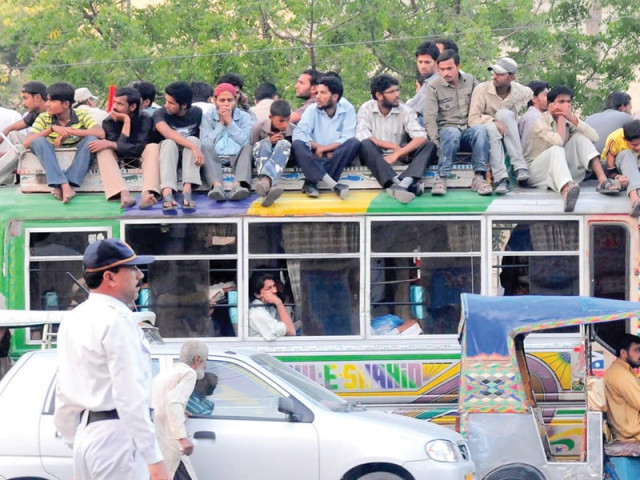
Fed up with public transport? You have the right to be. The Sindh government has not added a single bus to the roads since 2003.
Although a fleet of 75 CNG buses was imported by the city administration under Mustafa Kamal more than three years ago, the fate of most of the CNG buses is also unknown as only a few of them are still on the roads - and that was the city government not the provincial one.
The government is not serious about the transport sector, said a transport official speaking to The Express Tribune on condition of anonymity. “No buses have been brought in by the Sindh transport department during the present government’s four-year term,” he added.
Last year in January, the transport department had signed a memorandum of understanding with a Malaysian concern that was willing to invest $1 billion to bring modern public transit vehicles to Karachi. The company’s representatives had also given presentations to the chief minister but the plan did not go ahead.
Private transporters are not willing to invest because they don’t see any potential in the public transport business, said Irshad Bukhari, the chairperson of the Karachi Transport Ittehad (KTI), a union of public transport vehicles owners. “Who will want to invest in a sector when they have no security or any privileges?”
One last batch of new buses was imported by private transporters over 10 years ago and those vehicles have already completed their lives. “The buses can only be sold as scrap,” he said.
Until 2008, KTI had 18,000 vehicles, including buses, minibuses and coaches, but the number has dropped to 13,000 and is further decreasing as more and more investors are leaving the business.
During the past four years, around 500 vehicles have been torched during riots and 40 drivers and conductors have been killed. The government has only compensated the owners of 100 vehicles and 25 families of the victims of violence. The rest are still awaiting compensation.
Many transporters have converted the passenger buses into trucks as it is a more feasible business. Some have sent their vehicles to the Punjab because the fares are higher there and the overall law and order situation is much better than that of Karachi. Moreover, three to five buses are sold as scrap at the Sher Shah market every other day.
“I’m afraid that public transport will disappear from the roads in the near future if the government does not focus its attention towards the sector,” claimed the association’s chairperson.
At least 2,000 new buses from reputed manufacturers are required to manage the transport problems of the city, said the deputy transport secretary, Ali Nawaz Panhwar, when asked about the future of public transport in Karachi.
“We plan to introduce 500 new buses in Karachi and will give private transporters a subsidy of 20 per cent,” he said. The Sindh chief minister has already approved the import of 100 buses of the project.
All over the world, transportation is a well-established industry and transporters are given lots of benefits. But here, neither the transporters have any facilities nor are their vehicles safe on the roads. “People torch public transport buses to protest against petroleum price hikes, rise in electricity tariff or blockage of sewer lines,” said Panhwar.
When asked about the compensation paid to the transporters, the transport officer said that the buses torched during riots are reported to the departments concerned while the relevant police stations also submit their reports. The home ministry then gives the money to compensate the bus owners.
Published in The Express Tribune, November 5th, 2012.




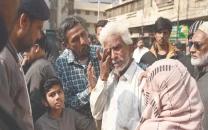
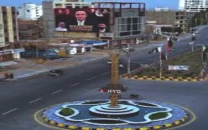
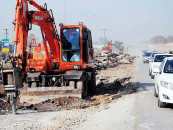




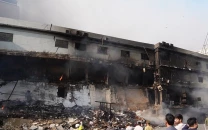







COMMENTS
Comments are moderated and generally will be posted if they are on-topic and not abusive.
For more information, please see our Comments FAQ